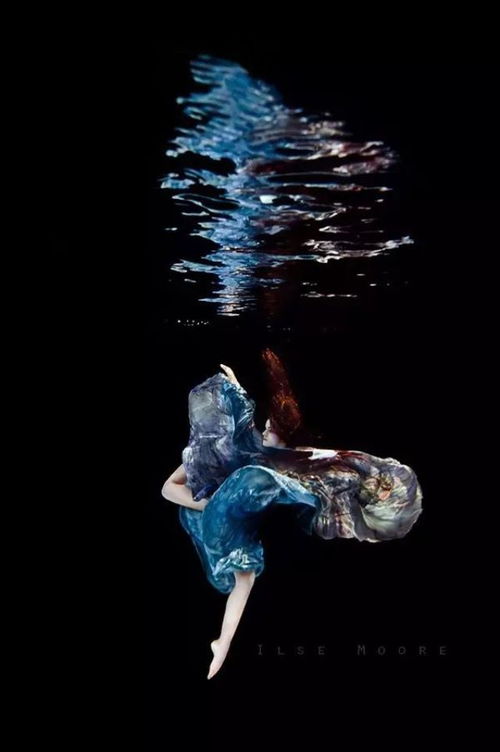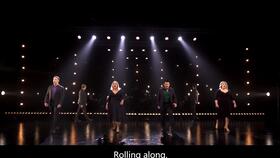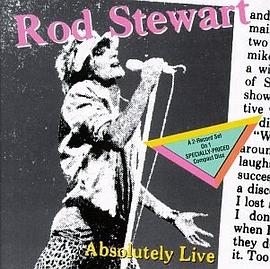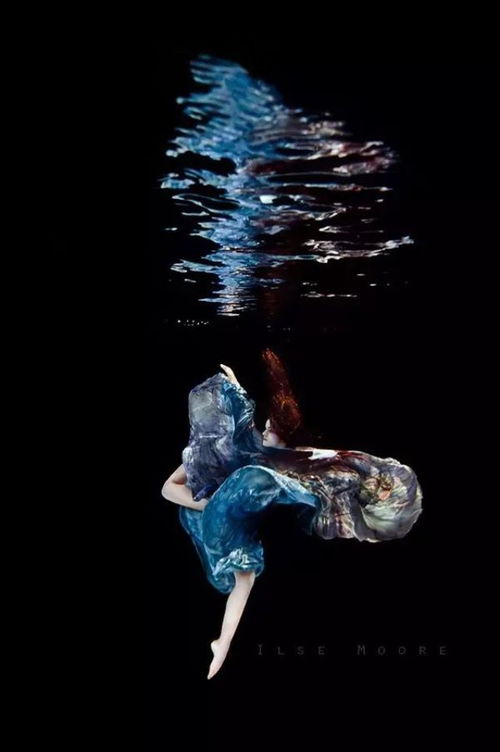Introduction to Fishing Tips: A Brief Overview
Fishing, an age-old pastime, has captivated anglers across the globe for centuries. Whether you're a seasoned fisherman or a beginner looking to cast your line, having a few fishing tips up your sleeve can significantly enhance your experience on the water. In this article, we'll provide you with a brief introduction to some essential fishing techniques and tips, helping you to write a concise yet informative overview of these valuable insights.
Choosing the Right Equipment
The first step in becoming a proficient angler is selecting the appropriate equipment. Here's a quick rundown of the essentials:
- Rod and Reel: The rod and reel combination should match the type of fishing you plan to do. For example, a spinning reel is suitable for freshwater fishing, while a baitcasting reel is better for saltwater.
- Line: The type of line you use depends on the fish you're targeting and the conditions of the water. Monofilament is versatile and easy to handle, while fluorocarbon is nearly invisible to fish and excellent for clear water.
- Hooks: Choose hooks that are appropriate for the size and type of fish you're after. The right hook size can make the difference between a successful catch and a frustrating day.
Locating Fish
Understanding where fish are likely to be is crucial for a successful fishing trip. Here are some tips to help you find them:
- Seasonal Patterns: Fish often move to different locations depending on the season. For instance, many fish migrate to deeper waters during the summer.
- Water Temperature: Fish are attracted to water temperatures that are optimal for their species. Use a fishfinder or observe the water's surface to gauge the temperature.
- Structure: Look for areas with natural or artificial structures like rocks, logs, and bridges, as these can provide cover and attract fish.
Bait and Lures

Choosing the right bait or lure can make all the difference in your fishing success. Here are some general tips:
- Natural Bait: Live bait like worms, minnows, and leeches can be highly effective, especially for catching larger fish.
- Artificial Lures: Lures come in various shapes and sizes, and the right one can mimic the movement of natural prey. Experiment with different types to see what works best in your fishing spot.
- Color and Size: The color and size of your bait or lure should match the forage fish in the area. This can be determined by examining the prey fish in the water or by asking local anglers.
Casting Techniques
Proper casting is essential for reaching your target without spooking the fish. Here are some casting tips:
- Practice: Cast in an open area to become comfortable with your technique.
- Control: Keep your wrist firm and your arm loose. The key is to maintain control over the line as it leaves the rod.
- Distance: Aim for a smooth, controlled cast that covers the desired distance without looping or tangling the line.
Patience and Adaptation
Lastly, remember that fishing is a game of patience and adaptation. Here are a few final tips:
- Patience: Fish may not bite immediately, so be prepared to wait.
- Adaptation: If you're not having luck, try changing your approach. This could mean changing bait, lure, or location.
- Safety: Always prioritize safety, especially when handling hooks and line. Keep a first aid kit handy and be aware of your surroundings.
In conclusion, writing a brief introduction to fishing tips involves highlighting the essential elements of equipment, location, bait, casting, and mindset. By focusing on these core aspects, you can provide a concise yet informative overview that will help both beginners and experienced anglers improve their fishing skills. Happy fishing!












